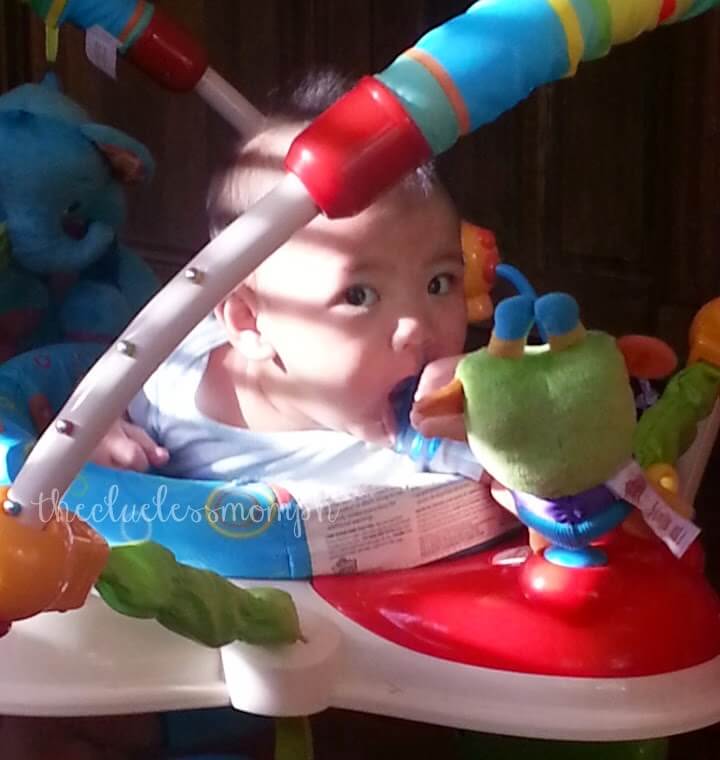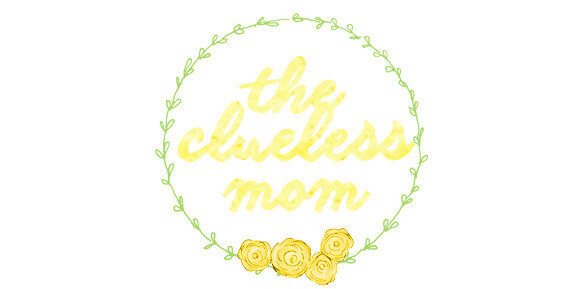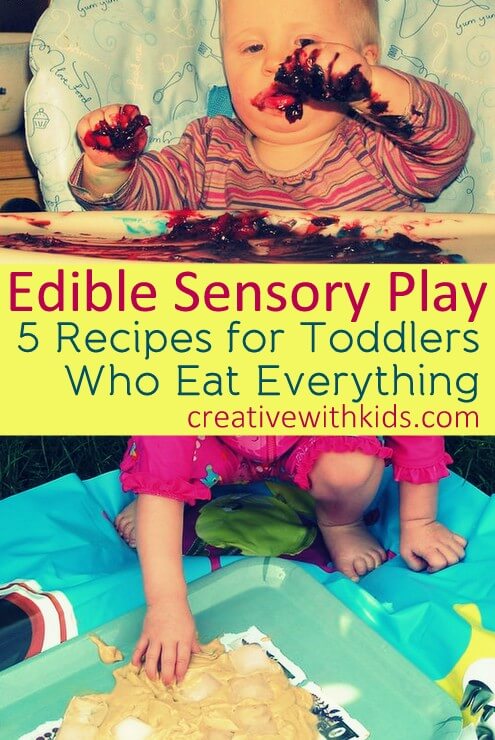A few months after your baby is born, his curiosity will have him exploring the world around him. He will start reaching out for objects that catch his attention. However, since babies’ hand movements are not developed enough until about seven months, they can only manage to grasp objects but not fully explore them with their hands. To satisfy their curiosity, they put objects in their mouths as they are able to control their lips and tongues better than their hands. This is referred to as “mouthing”.
Claire Lerner, an LCSW with American Baby, elaborates this further in an article on www.parents.com:
“While your baby is learning to master his hand movements — reaching, grabbing, and swatting — he’s not yet so adept at using his fingers. So when a baby grasps what he desires and wants to investigate further (“Is it soft or hard? Can I eat it? Does it make a sound?”), this often means putting it in his mouth. Mouthing helps babies learn all about different shapes and textures. They also learn what feels good and tastes good, and what doesn’t — so your child will only mouth a wool blanket once.”
Besides being a means of exploration, there is another reason behind mouthing in babies, and that its teething. When babies’ teeth start coming in, they like gnawing object to soothe their gums. You can easily distinguish teething from regular mouthing when your baby drools while putting things in his mouth. Rest assured though that whatever the reason may be, mouthing is a completely normal and is a great way for babies to begin sensory development.
In this post I’ll be focusing more on mouthing, but you might find some information applicable to teething, too.


